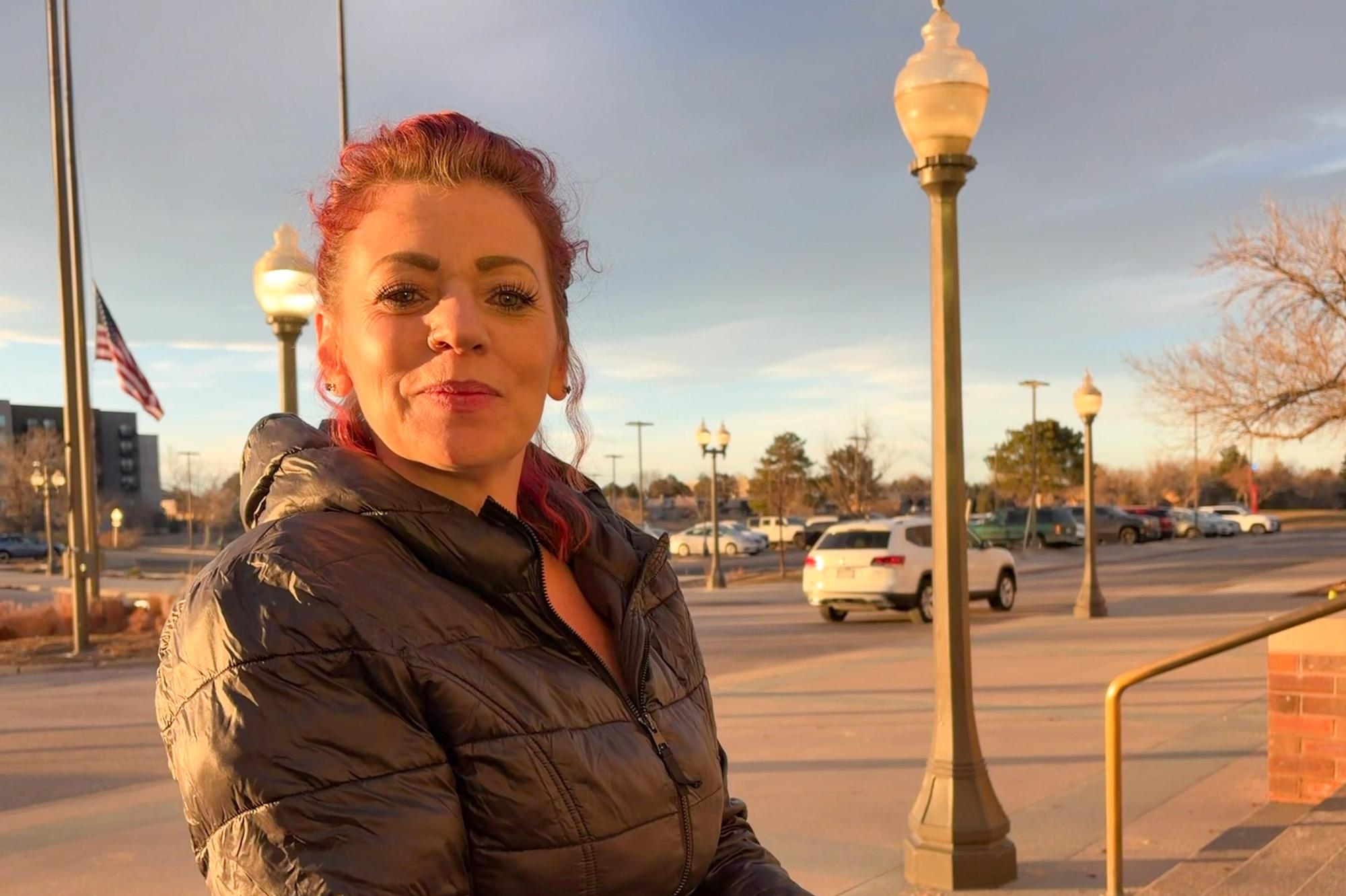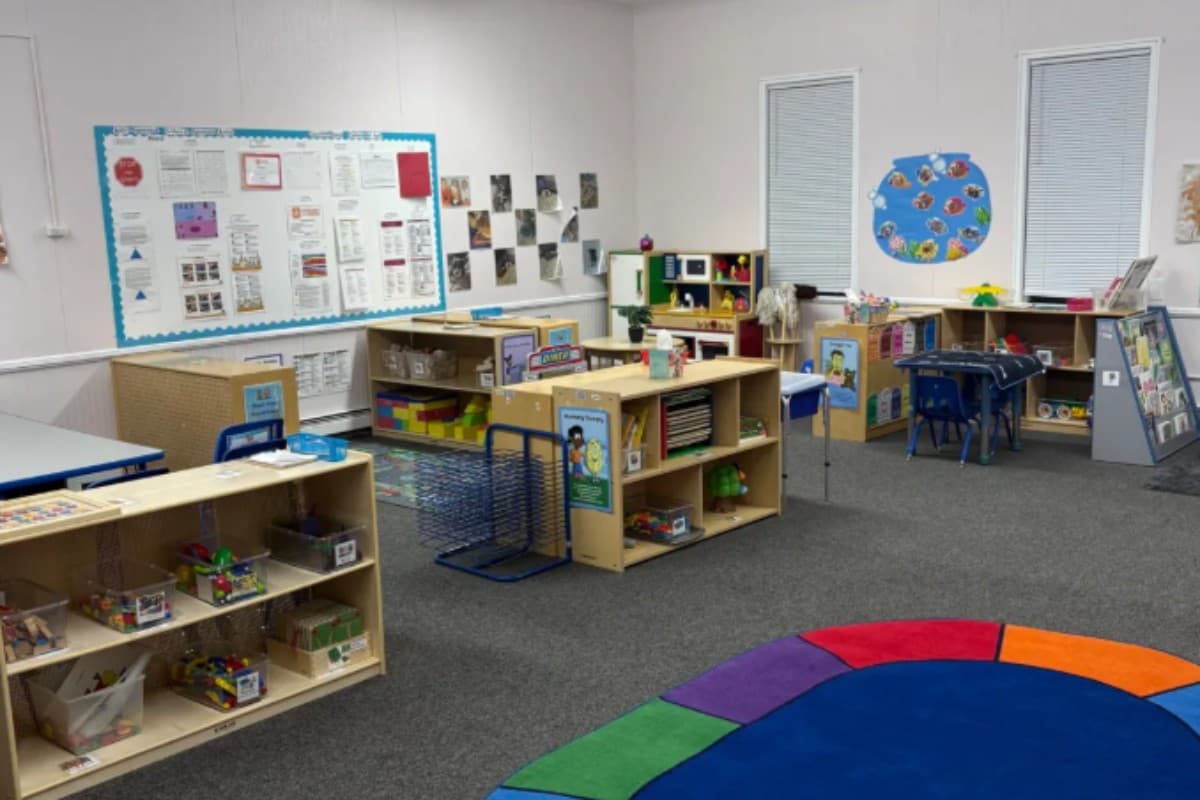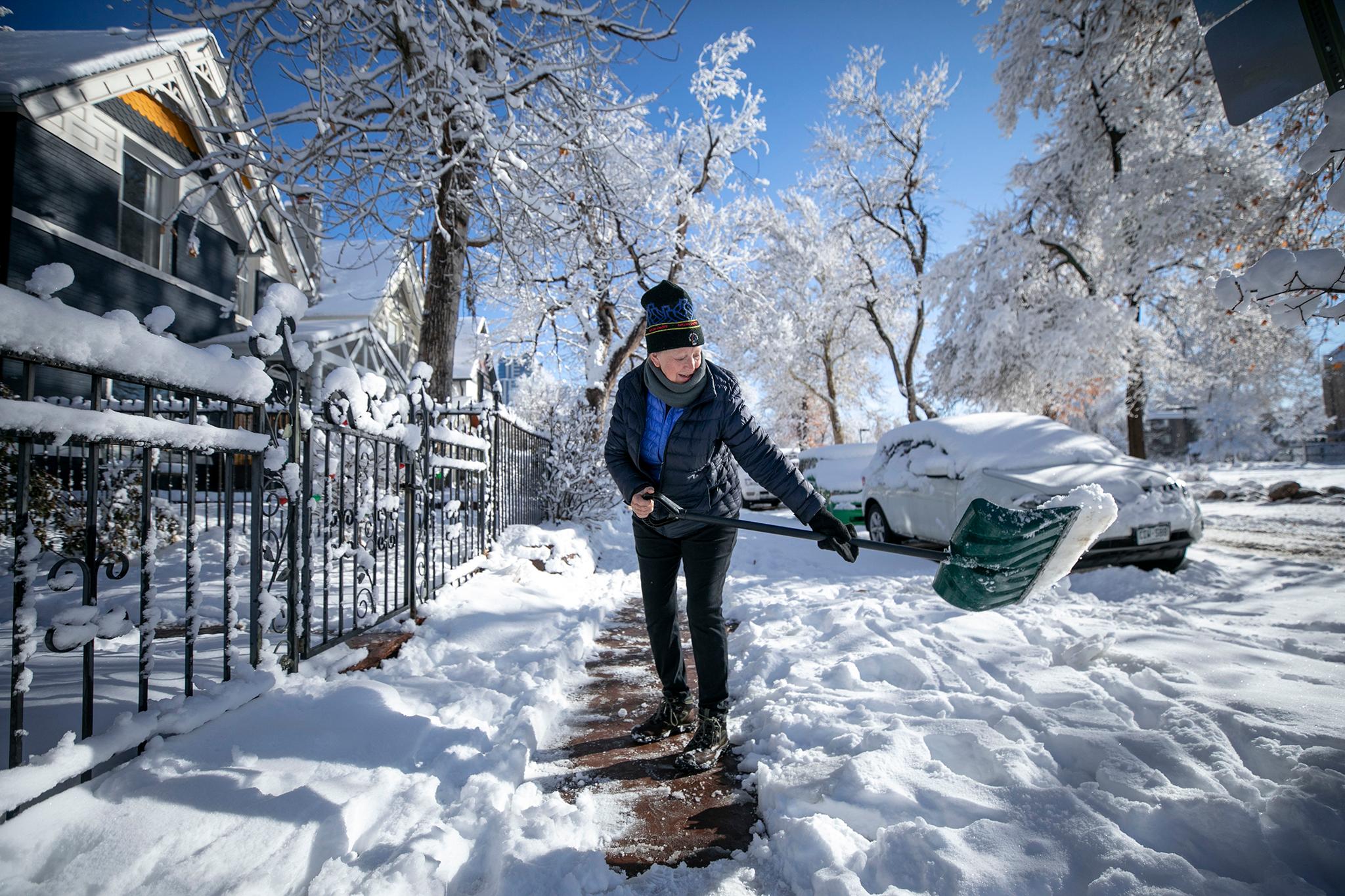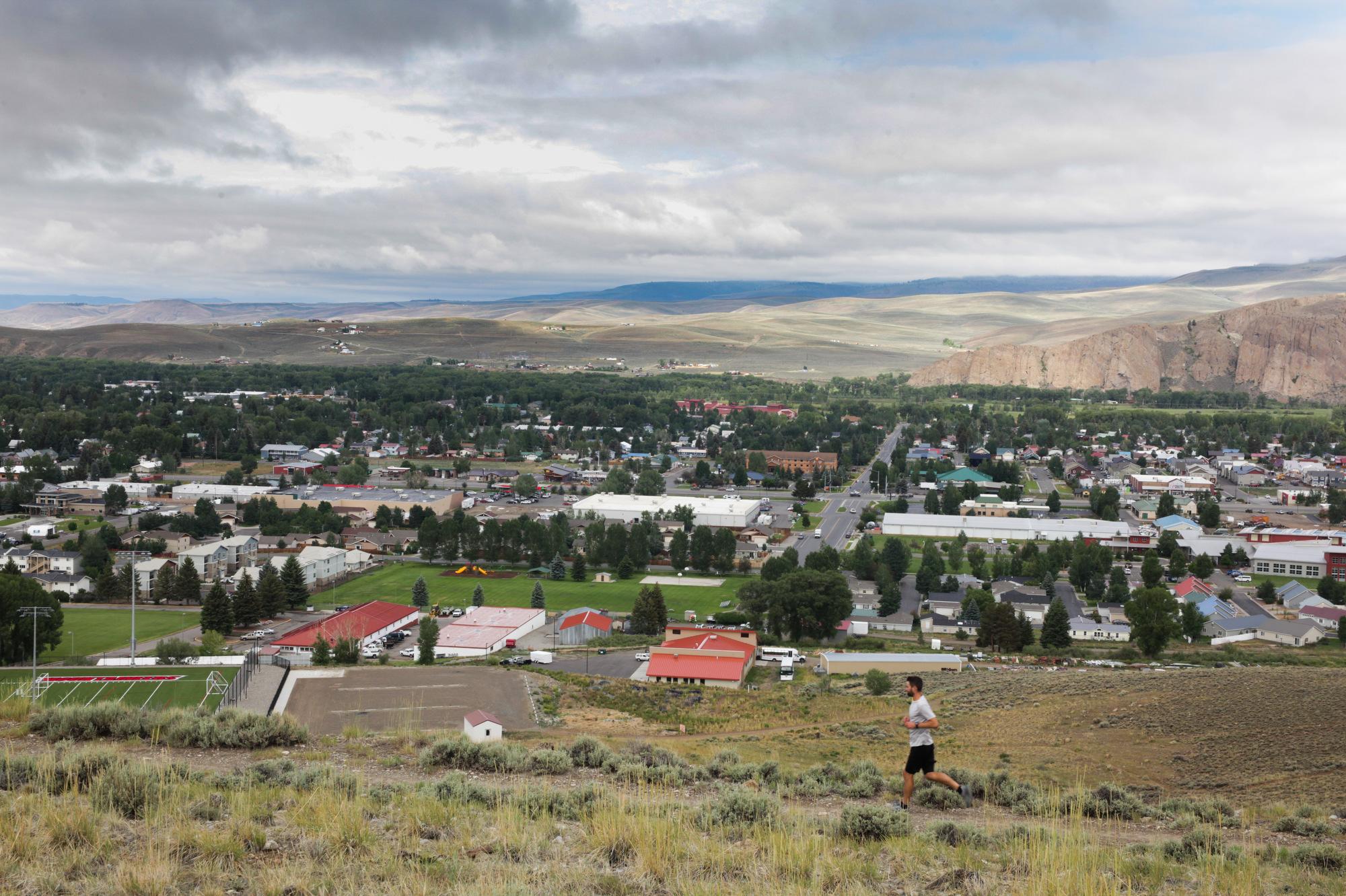
Gunnison health care officials are exploring ways to better serve Cora residents based on recommendations from a report released earlier this year by a Western Colorado University researcher.
The Cora are an Indigenous population from the Nayarit region of Mexico. Gunnison County is home to one of the largest populations of Cora residents outside of Mexico. Cole Cooper, a graduate student at Western Colorado, took on the project to address rural health disparities.
“I initially reached out to a couple of local Cora people, talked with them about their health beliefs, and it became really apparent that there was some health disparities that they were facing in the quality of care and the diversity of care at the local hospital here known as Gunnison Valley Health,” Cooper said.
Gunnison Valley Health worked with Cooper and co-researcher Angie Fike on the study, both with funding and staff surveys. The end result was more than 100 pages of research and analysis about how a key group of Gunnison residents not only approach health care but also how local providers can improve access going forward.
“The Cora community, it's a group that's always in the shadows and it's really more so a choice with the fact that they want to be in the shadows,” said Cristian Aguilar, a teacher in Gunnison and also a member of the Cora community. “Whenever you shed light on the people, that's what we are intrigued by because not a lot of people know about us and when they do want to talk about us and know more about us, we are more than willing to have that conversation.”
Cooper’s research highlighted challenges with language barriers — the Cora do not speak Spanish, but have their own language — shortcomings in cultural knowledge of Cora health beliefs, and, above all, large gaps in mental health care.
“As we started interviewing more and more people, we had seven out of 11 people exhibit mild to moderate depressive symptoms based on that depression questionnaire that we used,” Cooper said. “And during the community review one community reviewer said, ‘Hey, it seems like trauma is super pervasive in our community … I don't know a single person who hasn't experienced something traumatic in their life.’ Whether it's the reason they left their community due to cartel violence or the journey to Gunnison County, there’s a lot of trauma amongst all those factors.”
“The older people, you don't talk about your feelings, but also you don't talk about your trauma or the things that you went through,” said Marisela Ballesteros, the first Cora resident elected to Gunnison’s city council. “A lot of people that are in their 30s and younger, they're starting to see that and they're starting to stand up and say ‘no.’ So the Cora are just going through the same fight, learning how to keep traditions, but also we're seeing some that aren't the best and catching it, but also voicing it.”
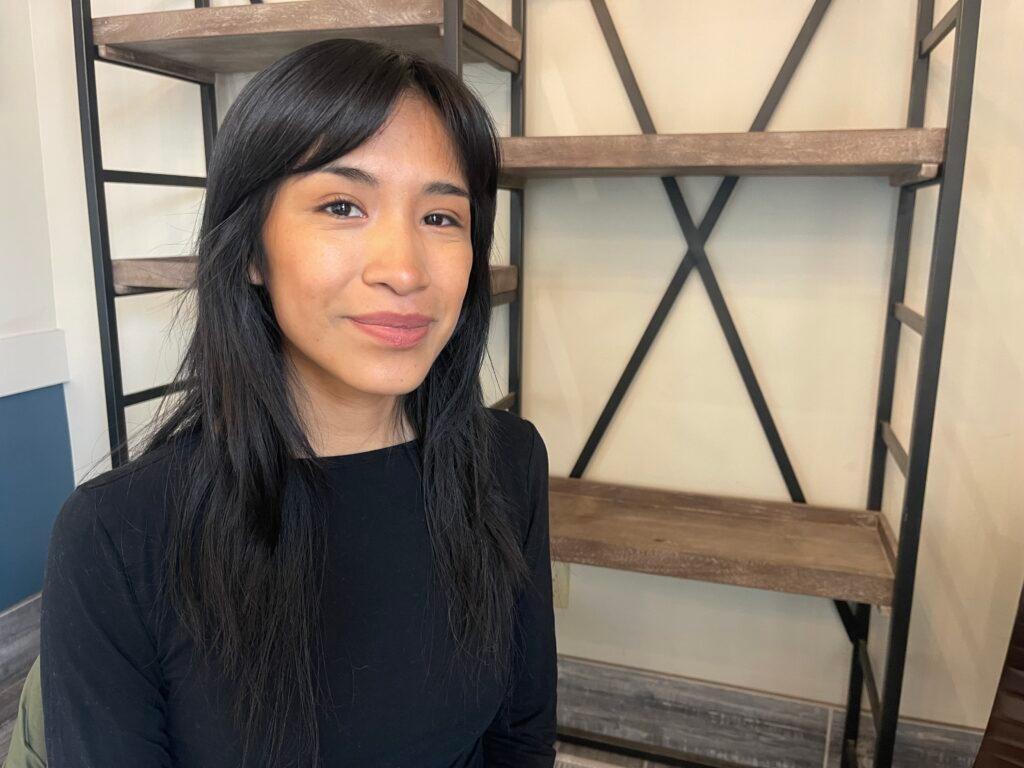
Cooper’s research touched on some possible ways to bridge that gap. Some involve coordinating with mental health nonprofits that specialize in treating Indigenous communities. But the answer may also lie in a better understanding of Cora health traditions.
“The Cora people have a really strong spiritual belief system and that health is really tied to spirituality,” Cooper said. “There can be natural causes to illness, but from a Cora perspective, there can also be spiritual causes. So for instance, corn is a very sacred food and there are always rituals to both plant and harvest corn. And there are corn spirits that you engage with when you engage in the ceremonies of harvesting and planting. And if you don't do those correctly or you forget to do that, that can anger these nature spirits and that can cause illness.”
The Cora often consult a curandero, a type of spiritual expert, when they’re facing health difficulties. Remedies can then range from traditional healing practices to spiritual solutions. There’s only one curandero within two hours of Gunnison. Cooper said using the conduit of a traditional healer as a means to better access health offerings in Gunnison could result in better outcomes for the county’s Cora residents, as well as creating a path for them to access mental health care.
And Cooper said that pairing homeopathic and allopathic medicine is not novel to his research. He learned about a hospital that already has that model back in Mexico where the Cora population originates.
“The Mixto de Hospital of Jesus Maria — or the mixed hospital of Jesus, Maria — that is the main hospital in Jesus, Maria, the largest city from where the Cora come from,” Cooper said.
There, Cora residents have the opportunity to see treatment from Western doctors as well as Indigenous doctors. And oftentimes both.
“So for instance, say you break a bone, you can get an X-ray and then in the western wing, the surgeon will tell you, ‘Hey, this is what I would do to heal you. I'd put this cast on, it would take X amount of time for it to heal,’” Cooper explained. “Then the huesero, the traditional bone setter, would come in and say, ‘Hey, this is what I would do. I would ask for permission from nature to harvest some herbal medicines, and then I would make an herbal cast for you, this medicine cast, and it will take this long to heal. So you would have an option to decide what sort of healing you want to engage in.’”
While Gunnison Valley Health can’t adopt the mixed model overnight, Jennifer Birnie, vice president of community health and development, said they are beginning to implement some of the ideas.
“We've already been talking about potentially working with a curandero. But we would love to either consult or at least have somebody that we can bring on a contractual basis to come and work with our patients,” Birnie said.
Birnie said the health system, which also funded Cooper’s research, has received a grant to fund some of the work. That may involve bringing in a Cora resident to help Cinthia Saenz with her work as a bilingual patient navigator. Saenz has worked to familiarize herself with members of the local Cora community.
“They're people who, they're very close. They don't let you go in very fast,” Saenz said, adding that once she does build that familiarity, Cora residents are eager to reach out.
A Cora-speaking hospital employee to work with Saenz is high on the list of recommendations that Gunnison Valley Health is working toward. Other recommendations from the report include continued work with the Jesus Maria Hospital in Nayarit, greater cultural competency training for health care workers, peer-to-peer counseling programs for Cora residents and further work to destigmatize mental health challenges and care for the Cora community.

